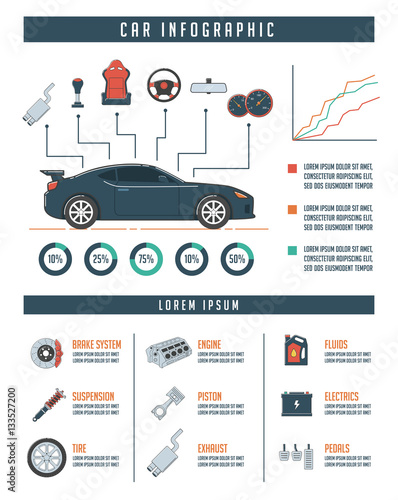Comprehending The Definition Behind Your Automobile'S Warning Lighting: A Thorough Appearance
Comprehending The Definition Behind Your Automobile'S Warning Lighting: A Thorough Appearance
Blog Article
Uploaded By-Vinson Gilbert
When you lag the wheel, those radiant warning lights on your control panel can be a bit difficult. Do you know what they're trying to inform you about your cars and truck's wellness? Comprehending the relevance of these lights is important for your security and the durability of your lorry. So, the following time one of those lights appears, wouldn't you intend to analyze its message precisely and take the required steps to address it?
Common Caution Lights and Interpretations
Determine typical warning lights in your vehicle and understand their significances to ensure risk-free driving.
The most typical caution lights include the check engine light, which signals problems with the engine or emissions system. If this light begins, it's important to have your lorry checked without delay.
The oil pressure cautioning light shows low oil pressure, requiring immediate attention to avoid engine damage.
A flashing battery light could suggest a malfunctioning billing system, potentially leaving you stranded otherwise resolved.
The tire pressure tracking system (TPMS) light notifies you to low tire stress, influencing vehicle security and gas effectiveness. Overlooking this can bring about hazardous driving conditions.
The ABS light shows a problem with the anti-lock braking system, endangering your ability to stop quickly in emergencies.
Finally, the coolant temperature advising light warns of engine getting too hot, which can lead to extreme damage otherwise settled swiftly.
Recognizing these usual warning lights will certainly aid you deal with problems promptly and maintain secure driving problems.
Importance of Prompt Attention
Recognizing the typical warning lights in your auto is just the initial step; the importance of immediately dealing with these cautions can't be stressed enough to ensure your security on the road.
When a warning light illuminates on your control panel, it's your automobile's method of communicating a possible concern that needs attention. Neglecting these warnings can cause extra extreme troubles in the future, compromising your safety and possibly costing you a lot more out of commission.
Motivate interest to advising lights can stop failures and mishaps. As an example, a flashing check engine light can indicate a misfire that, if left unattended, might create damages to the catalytic converter. Resolving this quickly can conserve you from a pricey repair service.
Similarly, a brake system alerting light might signify reduced brake liquid or used brake pads, essential components for your security when driving.
Do It Yourself Troubleshooting Tips
If you notice a caution light on your control panel, there are a couple of DIY fixing suggestions you can try before looking for specialist help.
The initial step is to consult your car's guidebook to comprehend what the details warning light indicates. Often the concern can be as easy as a loosened gas cap activating the check engine light. Tightening the gas cap may settle the issue.
Another typical concern is a low battery, which can cause different cautioning lights. Checking the battery links for corrosion and ensuring they're safe and secure could fix the trouble.
If a caution light continues, you can try resetting it by separating the automobile's battery for a few minutes and after that reconnecting it. Additionally, examining your lorry's fluid levels, such as oil, coolant, and brake fluid, can help repair advising lights related to these systems.
Conclusion
In conclusion, recognizing your car's caution lights is essential for maintaining your car running efficiently and safely. By without car wahs dealing with these notifies and understanding what they indicate, you can stay clear of costly repairs and possible break downs.
Remember to consult your auto's handbook for particular details on each advising light and act as necessary to make sure a hassle-free driving experience.
Stay notified, stay risk-free when driving!
